Researchers have developed an AI-powered brain stimulation system that safely enhances attention at home.


We are entering the third phase of generative AI.
A team of UC Merced researchers has shown that tiny artificial cells can accurately keep time, mimicking the daily rhythms found in living organisms. Their findings shed light on how biological clocks stay on schedule despite the inherent molecular noise inside cells.
The study, published in Nature Communications, was led by bioengineering Professor Anand Bala Subramaniam and chemistry and biochemistry Professor Andy LiWang. The first author, Alexander Zhang Tu Li, earned his Ph.D. in Subramaniam’s lab.
Biological clocks—also known as circadian rhythms —govern 24-hour cycles that regulate sleep, metabolism and other vital processes. To explore the mechanisms behind the circadian rhythms of cyanobacteria, the researchers reconstructed the clockwork in simplified, cell-like structures called vesicles. These vesicles were loaded with core clock proteins, one of which was tagged with a fluorescent marker.
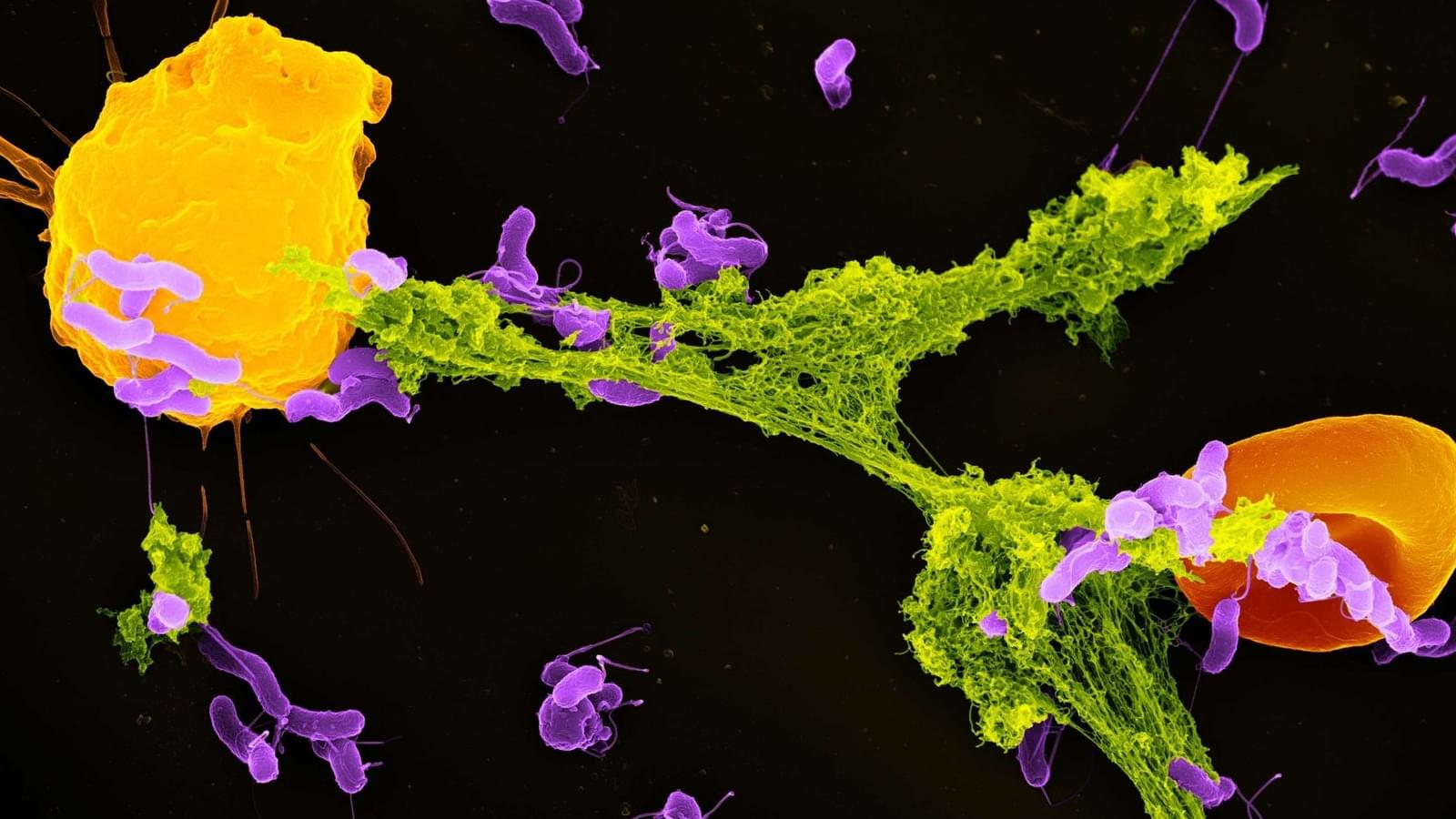
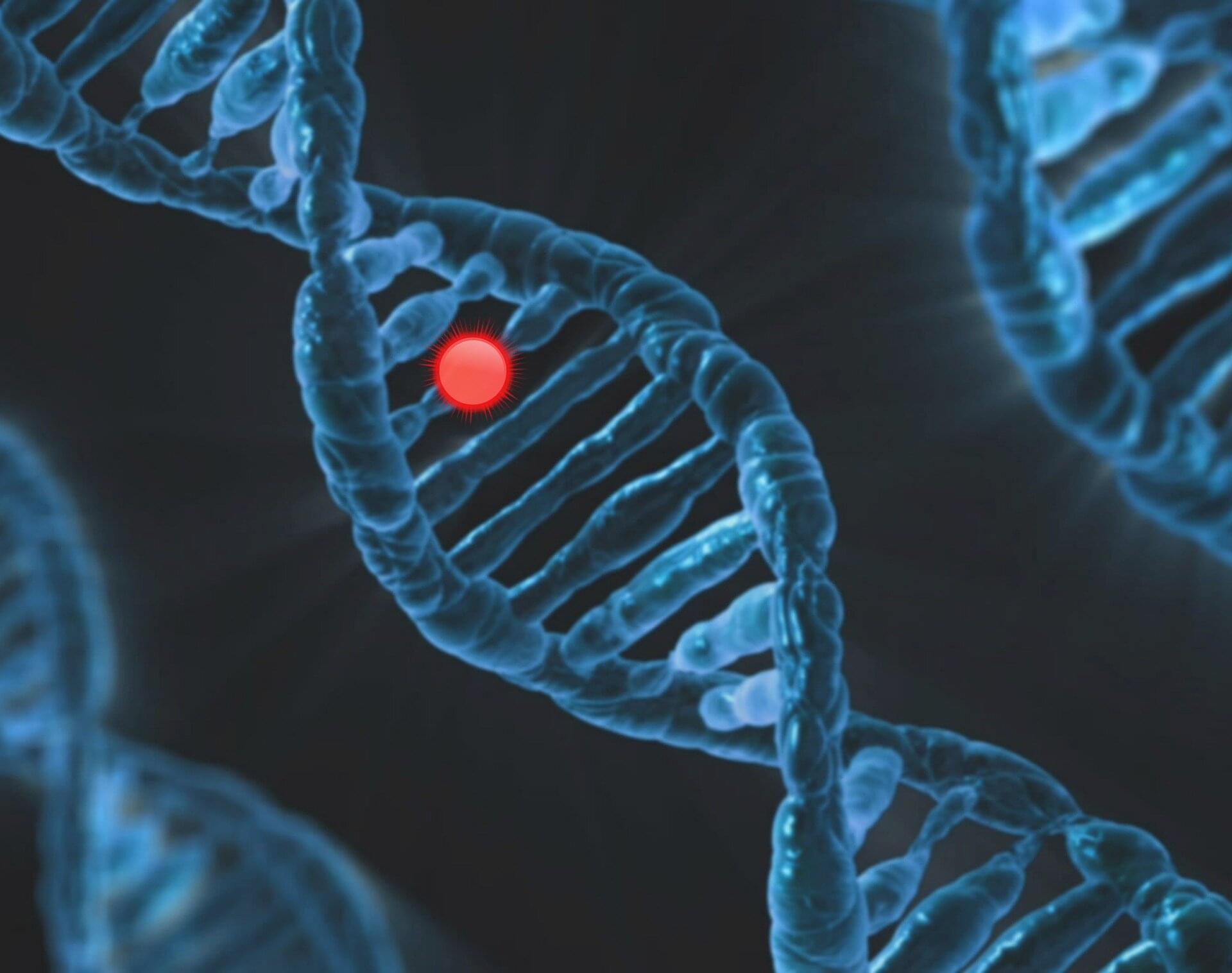
Hospital for Sick Children in Toronto researchers are reporting that targeted RNA sequencing can detect clinically actionable alterations in 87% of tumors and provide decisive findings where DNA-seq either fails, returns no variant, or is not informative.
Cancer treatments have seen tremendous improvements in recent years, in part due to highly specific targeting and diagnostic techniques.
DNA-based methods dominate molecular cancer diagnostics but struggle to detect gene fusions and assess splice site consequences. RNA sequencing enables sensitive fusion detection and direct assessment of transcript-level disruption caused by splicing mutations.


In an office at MIT’s Computer Science and Artificial Intelligence Laboratory (CSAIL), a soft robotic hand carefully curls its fingers to grasp a small object. The intriguing part isn’t the mechanical design or embedded sensors—in fact, the hand contains none. Instead, the entire system relies on a single camera that watches the robot’s movements and uses that visual data to control it.
This capability comes from a new system CSAIL scientists developed, offering a different perspective on robotic control. Rather than using hand-designed models or complex sensor arrays, it allows robots to learn how their bodies respond to control commands, solely through vision. The approach, called Neural Jacobian Fields (NJF), gives robots a kind of bodily self-awareness.
A paper about the work was published in Nature.
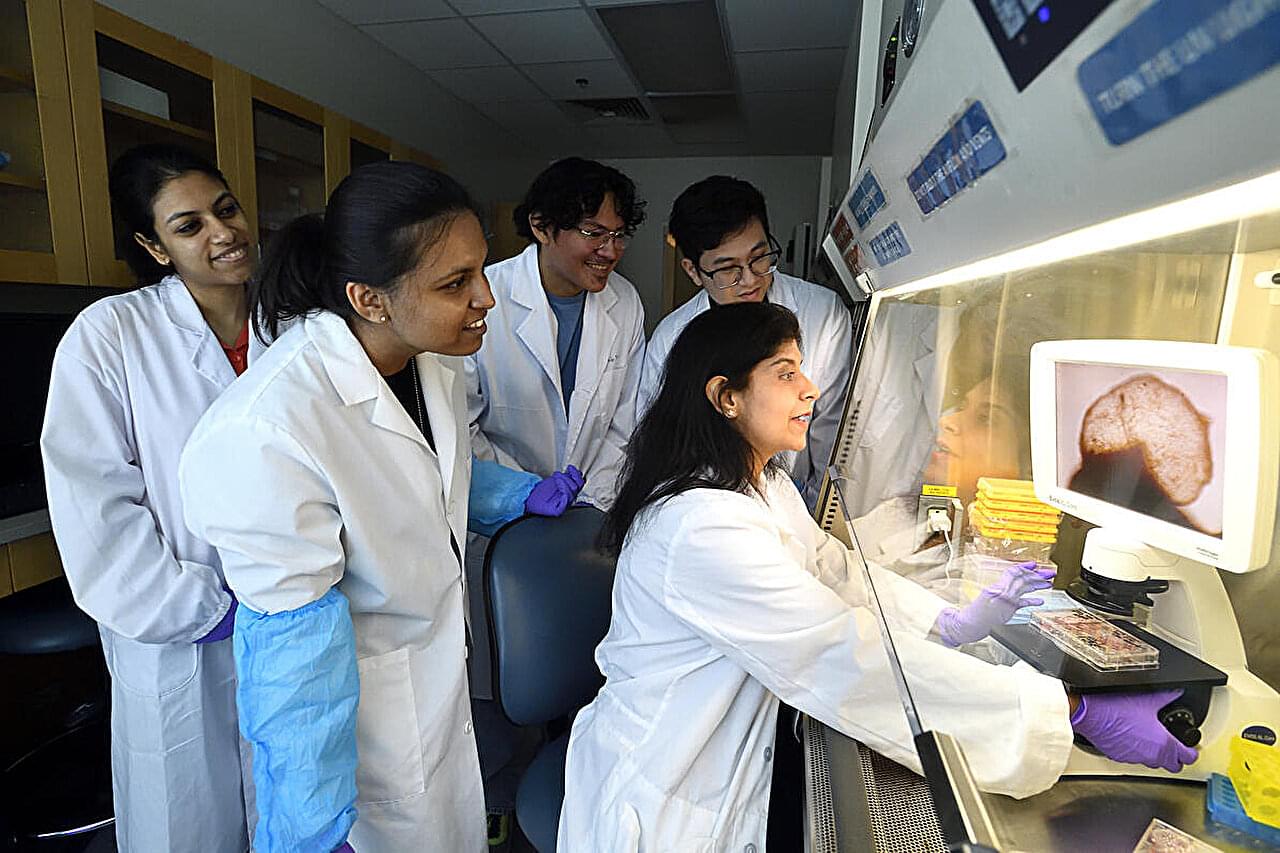
Johns Hopkins University researchers have grown a novel whole-brain organoid, complete with neural tissues and rudimentary blood vessels—an advance that could usher in a new era of research into neuropsychiatric disorders such as autism.
“We’ve made the next generation of brain organoids,” said senior author Annie Kathuria, an assistant professor in JHU’s Department of Biomedical Engineering who studies brain development and neuropsychiatric disorders. “Most brain organoids that you see in papers are one brain region, like the cortex or the hindbrain or midbrain. We’ve grown a rudimentary whole-brain organoid; we call it the multi-region brain organoid (MRBO).”
The research, published in Advanced Science, marks one of the first times scientists have been able to generate an organoid with tissues from each region of the brain connected and acting in concert. Having a human cell-based model of the brain will open possibilities for studying schizophrenia, autism, and other neurological diseases that affect the whole brain—work that typically is conducted in animal models.
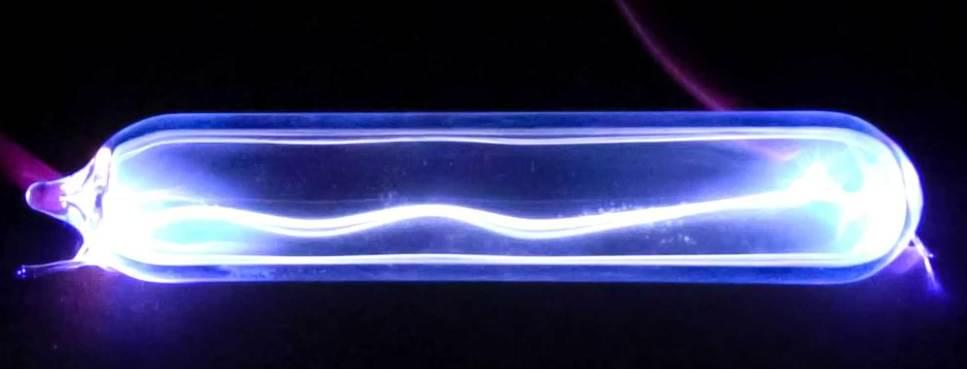
It sees so much potential that it plans on investing in more than 25 plasma-related startups over the next five years. It is also opening a new Hax lab space in partnership with the New Jersey Economic Development Authority and the U.S. Department of Energy’s Princeton Plasma Physics Laboratory.
Nuclear fusion is an obvious place to seed plasma startups. The potential power source works by compressing fuel until it turns into a dense plasma, so dense that atoms begin fusing, releasing energy in the process.
“There’s so much here. The best ideas have yet to come to unlock a lot of potential in the fusion space,” Duncan Turner, general partner at SOSV, told TechCrunch.
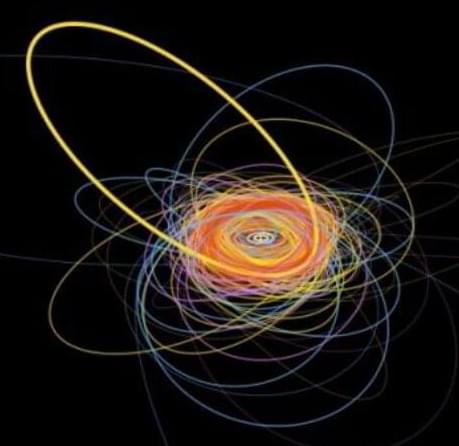
Astronomers have discovered a bizarre object in the outer solar system, 2020 VN40, that dances to Neptune’s gravitational beat in a never-before-seen rhythm. It’s the first of its kind, orbiting the Sun once for every ten orbits of Neptune, and could reshape how we understand the movement and evolution of distant cosmic bodies.